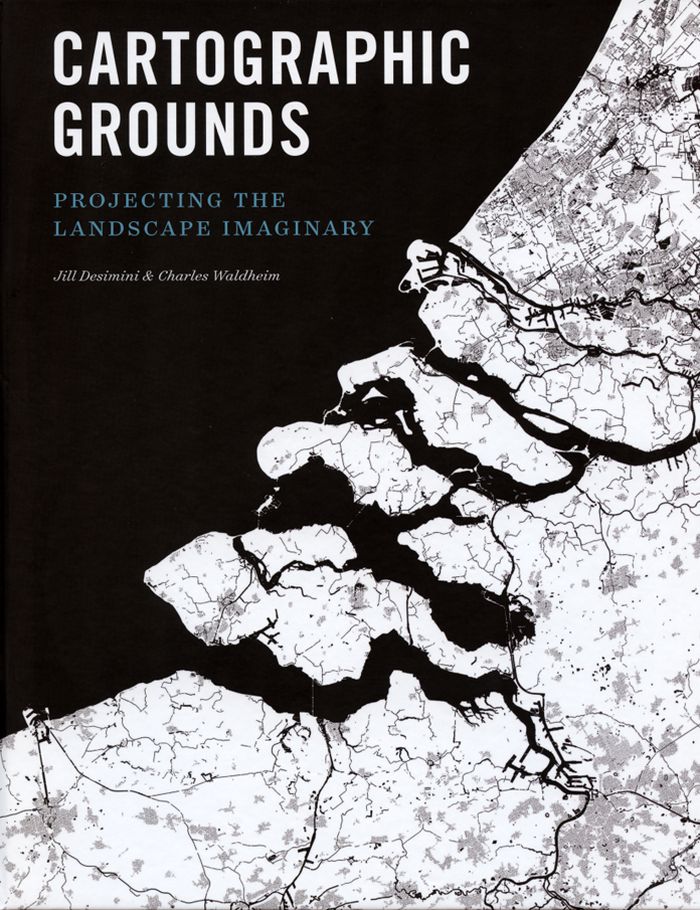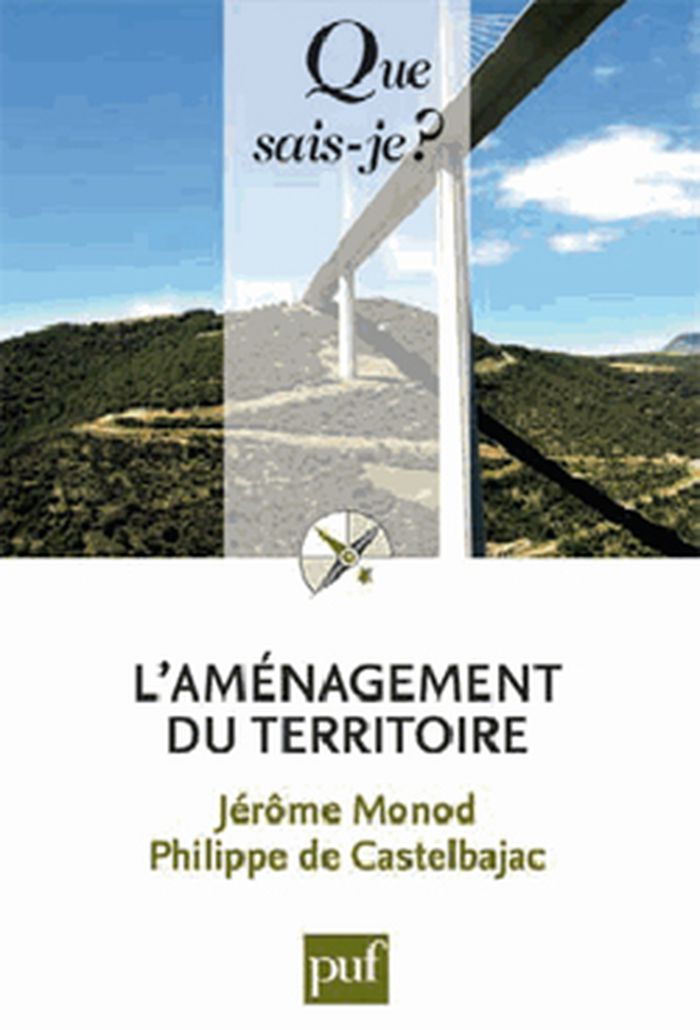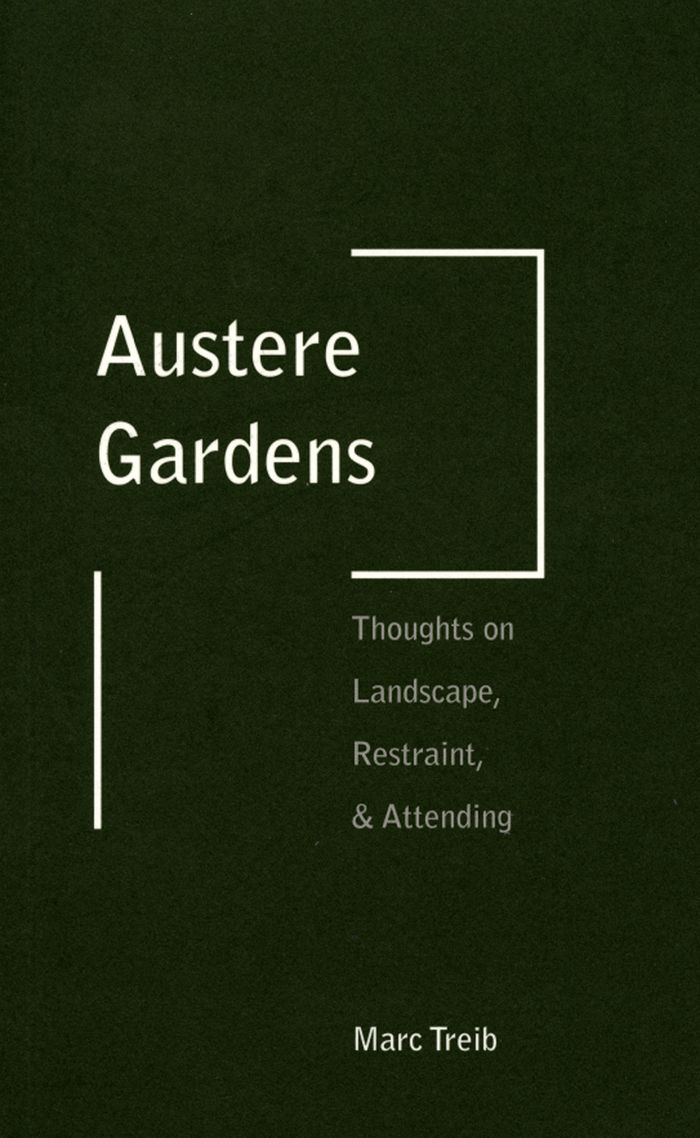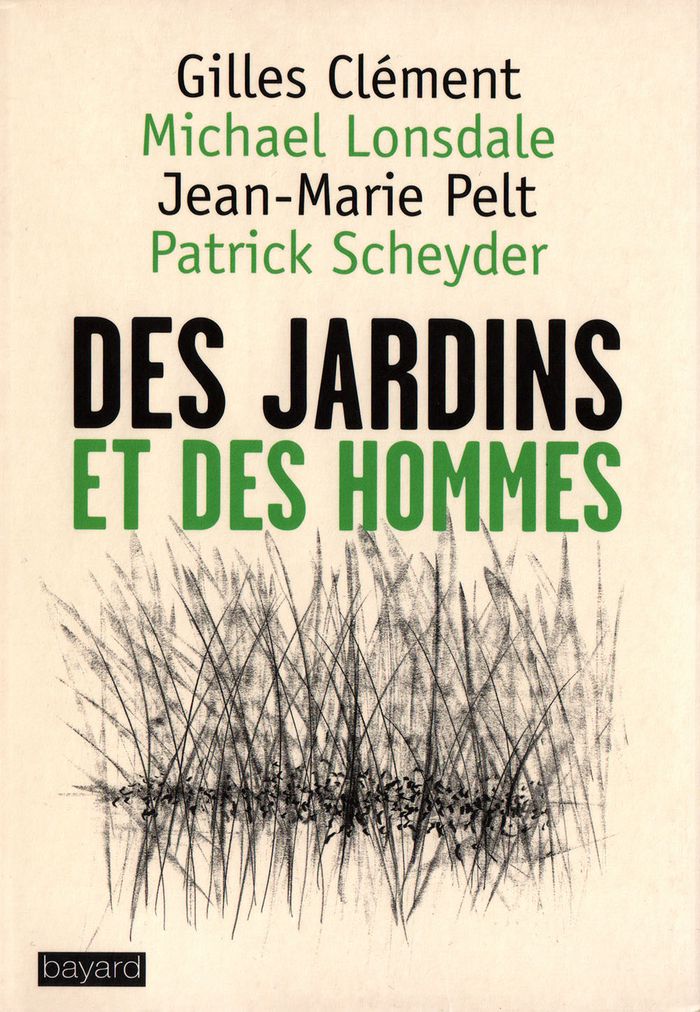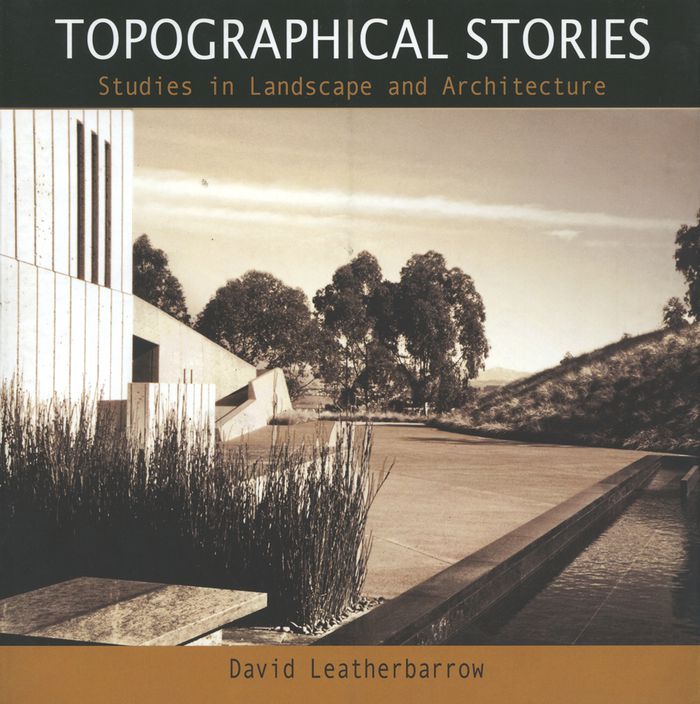$35.00
(disponible sur commande)
Résumé:
Landscape has been central to definitions of Englishness for centuries. David Matless argues that landscape has been the site where English visions of the past, present and future have met in debates over questions of national identity, disputes over history and modernity, and ideals of citizenship and the body.
Landscape and Englishness, 2nd edition
Actions:
Prix:
$35.00
(disponible sur commande)
Résumé:
Landscape has been central to definitions of Englishness for centuries. David Matless argues that landscape has been the site where English visions of the past, present and future have met in debates over questions of national identity, disputes over history and modernity, and ideals of citizenship and the body.
Théorie du paysage
Kew Gardens
$23.95
(disponible sur commande)
Résumé:
This short story by Virginia Woolf, is set on a hot July day in Kew Gardens. Woolf creates an impressionistic world with snippets of conversation, wondering thoughts and sparks of colour. The gentle narrative drifts between different characters as they stroll through the world famous botanic gardens.
Kew Gardens
Actions:
Prix:
$23.95
(disponible sur commande)
Résumé:
This short story by Virginia Woolf, is set on a hot July day in Kew Gardens. Woolf creates an impressionistic world with snippets of conversation, wondering thoughts and sparks of colour. The gentle narrative drifts between different characters as they stroll through the world famous botanic gardens.
Théorie du paysage
$70.00
(disponible sur commande)
Résumé:
Mapping has been one of the most fertile areas of exploration for architecture and landscape in the past few decades. While documenting this shift in representation from the material and physical description toward the depiction of the unseen and often immaterial, ''Cartographic Grounds'' takes a critical view toward the current use of data mapping and visualization and(...)
Cartographic grounds: projecting the landscape imaginary
Actions:
Prix:
$70.00
(disponible sur commande)
Résumé:
Mapping has been one of the most fertile areas of exploration for architecture and landscape in the past few decades. While documenting this shift in representation from the material and physical description toward the depiction of the unseen and often immaterial, ''Cartographic Grounds'' takes a critical view toward the current use of data mapping and visualization and calls for a return to traditional cartographic techniques to reimagine the manifestation and manipulation of the ground itself.
Théorie du paysage
$78.30
(disponible sur commande)
Résumé:
The sensing, processing, and visualizing that are currently in development within the environment boldly change the ways design and maintenance of landscapes are perceived and conceptualised. This is the first book to rationalize interactive architecture and responsive technologies through the lens of contemporary landscape architectural theory. 'Responsive Landscapes'(...)
Responsive landscapes: strategies for responsive technologies in landscape architecture
Actions:
Prix:
$78.30
(disponible sur commande)
Résumé:
The sensing, processing, and visualizing that are currently in development within the environment boldly change the ways design and maintenance of landscapes are perceived and conceptualised. This is the first book to rationalize interactive architecture and responsive technologies through the lens of contemporary landscape architectural theory. 'Responsive Landscapes' frames a comprehensive view of design projects using responsive technologies and their relationship to landscape and environmental space. Divided into six insightful sections, the book frames the projects through the terms; elucidate, compress, displace, connect, ambient, and modify to present and construct a pragmatic framework in which to approach the integration of responsive technologies into landscape architecture.
Théorie du paysage
Voisins animaux
$27.95
(disponible sur commande)
Résumé:
Un recueil des principaux textes de l'écrivain américain composé à partir de deux de ses oeuvres, son Journal et Walden, dans lesquelles il interroge son rapport aux animaux. Pour lui ce sont des amis, des semblables, plus fréquentables que ses voisins humains de Concord auxquels il reproche leur culte de l'argent et des traditions.
Voisins animaux
Actions:
Prix:
$27.95
(disponible sur commande)
Résumé:
Un recueil des principaux textes de l'écrivain américain composé à partir de deux de ses oeuvres, son Journal et Walden, dans lesquelles il interroge son rapport aux animaux. Pour lui ce sont des amis, des semblables, plus fréquentables que ses voisins humains de Concord auxquels il reproche leur culte de l'argent et des traditions.
Théorie du paysage
L'aménagement de territoire
$16.95
(disponible sur commande)
Résumé:
Un point sur les enjeux et les acteurs de l'aménagement du territoire. Des réponses sont apportées sur le plan national mais aussi européen sur les fondements, les tenants et aboutissants de cette nouvelle dimension politique. Les auteurs étudient les voies politiques, institutionnelles, économiques et dressent un bilan.
L'aménagement de territoire
Actions:
Prix:
$16.95
(disponible sur commande)
Résumé:
Un point sur les enjeux et les acteurs de l'aménagement du territoire. Des réponses sont apportées sur le plan national mais aussi européen sur les fondements, les tenants et aboutissants de cette nouvelle dimension politique. Les auteurs étudient les voies politiques, institutionnelles, économiques et dressent un bilan.
Théorie du paysage
$26.00
(disponible sur commande)
Résumé:
'Austere Gardens' suggests another way to look at the landscape, the garden, and perhaps the entire world around us. It suggests that being open to other ways of observing and sensing can yield new insights and rewards, and that interest is found in places unassuming and overlooked as well as those complex and assertive. Perceiving is only one half the story, however.(...)
Austere gardens: thoughts on landscape, restraint, and attending
Actions:
Prix:
$26.00
(disponible sur commande)
Résumé:
'Austere Gardens' suggests another way to look at the landscape, the garden, and perhaps the entire world around us. It suggests that being open to other ways of observing and sensing can yield new insights and rewards, and that interest is found in places unassuming and overlooked as well as those complex and assertive. Perceiving is only one half the story, however. Realizing places using simple acts and reduced means is the other half.
Théorie du paysage
Des jardins et des hommes
$25.95
(disponible sur commande)
Résumé:
« Le jardin nous rassemble tous, quels que soient notre culture, nos croyances ou nos métiers, c'est le lieu de la paix active, où tous ceux qui le peuplent vivent en dialogue. » Un espace où contempler la nature et en récolter ses bienfaits, où défendre la biodiversité... voilà ce que racontent dans cet ouvrage quatre personnalités très différentes en évoquant leur amour(...)
Des jardins et des hommes
Actions:
Prix:
$25.95
(disponible sur commande)
Résumé:
« Le jardin nous rassemble tous, quels que soient notre culture, nos croyances ou nos métiers, c'est le lieu de la paix active, où tous ceux qui le peuplent vivent en dialogue. » Un espace où contempler la nature et en récolter ses bienfaits, où défendre la biodiversité... voilà ce que racontent dans cet ouvrage quatre personnalités très différentes en évoquant leur amour des jardins.
Théorie du paysage
$42.00
(disponible sur commande)
Résumé:
David Leatherbarrow offers an entirely new way of thinking of architecture and landscape architecture. Moving beyond partisan arguments, he shows how the two disciplines rely upon one another to form a single framework of cultural meaning. Leatherbarrow redefines landscape architecture and architecture as topographical arts, the shared task of which is to accommodate and(...)
Topographical stories: studies in landscape and architecture
Actions:
Prix:
$42.00
(disponible sur commande)
Résumé:
David Leatherbarrow offers an entirely new way of thinking of architecture and landscape architecture. Moving beyond partisan arguments, he shows how the two disciplines rely upon one another to form a single framework of cultural meaning. Leatherbarrow redefines landscape architecture and architecture as topographical arts, the shared task of which is to accommodate and express the patterns of our lives. Topography, in his view, incorporates terrain, built and unbuilt, but also traces of practical affairs, by means of which culture preserves and renews its typical situations and institutions.
Théorie du paysage
$72.95
(disponible sur commande)
Résumé:
This book presents twelve essays by John Dixon Hunt, the leading theorist and historian of landscape architecture. The collection's common theme is a focus on sites, how we see them and what we derive from that looking. Acknowledging that even the most modest landscape encounter has validity, Hunt contends that the more one knows about a site and one's own sight of it (an(...)
Site, sight, insight: essays on landscape architecture
Actions:
Prix:
$72.95
(disponible sur commande)
Résumé:
This book presents twelve essays by John Dixon Hunt, the leading theorist and historian of landscape architecture. The collection's common theme is a focus on sites, how we see them and what we derive from that looking. Acknowledging that even the most modest landscape encounter has validity, Hunt contends that the more one knows about a site and one's own sight of it (an awareness of how one is seeing), the greater the insight. Employing the concepts, tropes, and rhetorical methods of literary analysis, he addresses the problem of how to discuss, understand, and appreciate places that are experienced through all the senses, over time and through space.
Théorie du paysage


